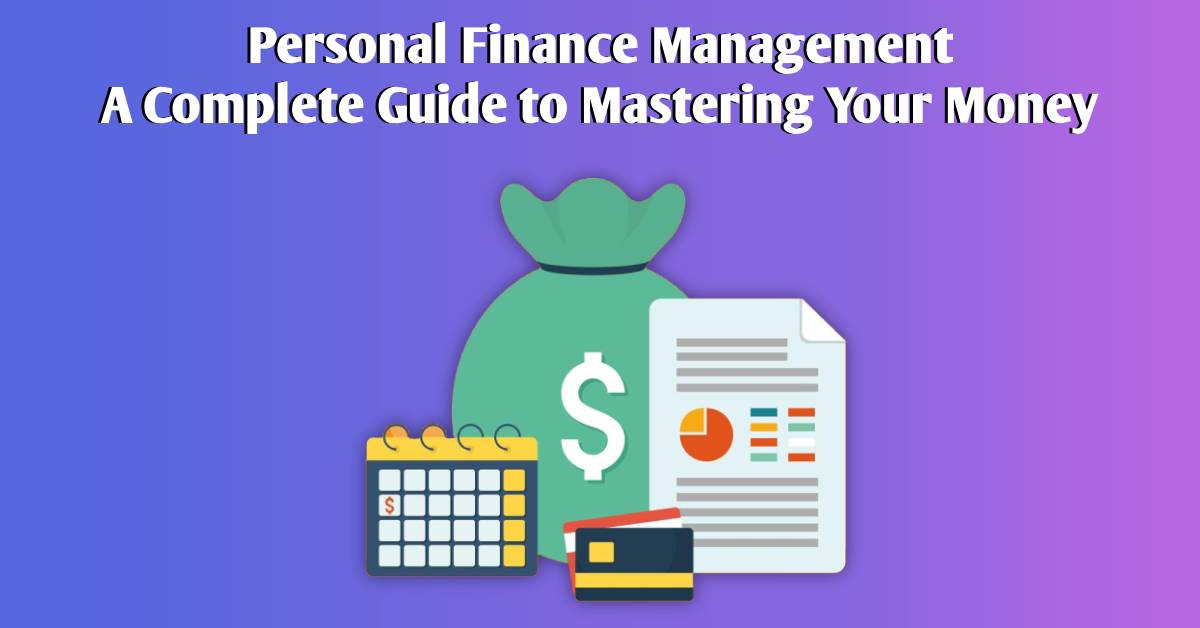Have you ever felt like your money disappears before the end of the month? You're earning, spending, paying bills, and yet - your savings don't grow, and your financial goals seem distant.
One major reason for this is the lack of organization. If you don't know where your money is going, how can you control it?
That's where setting up income and expense categories comes in. These categories are the foundation of smart financial management. Whether you're an individual trying to save more, a freelancer juggling multiple incomes, or a family managing a household budget, the right category system can transform your money habits.
In this blog post, we'll guide you step-by-step through:
- What income and expense categories are
- Common mistakes people make
- Proven tips to set them up efficiently
- How our platform simplifies everything
- Examples of practical and smart category setups
By the end, you'll be equipped with everything you need to take full control of your financial life.
What Are Income and Expense Categories?
Simply put, income categories are labels used to track where your money comes from, while expense categories label where your money goes.
Think of them as folders that keep your finances organized. Every rupee or dollar you earn or spend gets tagged and stored in one of these categories.
Common Income Categories:
- Salary
- Freelance Work
- Business Revenue
- Interest Income
- Gifts or Donations Received
- Rental Income
Common Expense Categories:
- Rent or Mortgage
- Groceries
- Utilities (Electricity, Water, Internet)
- Transportation
- Subscriptions (Netflix, Spotify, etc.)
- Insurance
- Dining Out
- Medical Expenses
By organizing your finances this way, you can clearly see what's eating up your budget and where you can cut back.
Why Most People Get It Wrong
Many people start with the intention to manage their money but abandon the process halfway. Why? Because of a few common mistakes:
1. Using Too Few or Too Many Categories
Using only three categories like "Income", "Bills", and "Other" might seem simple, but it doesn't provide enough detail to make real changes. On the flip side, having 50 different categories can overwhelm you and make tracking a chore.
2. Mixing Fixed and Variable Expenses
Fixed expenses like rent or EMI are predictable, but variable expenses like dining out or entertainment can fluctuate. If you don't separate them, it's hard to identify trends and adjust your habits.
3. Not Updating Regularly
A budgeting tool is only helpful if it's used consistently. Many users set up categories and then forget to update them, making the whole system ineffective.
4. Ignoring Irregular Income
Freelancers or side-hustlers often forget to categorize irregular income sources, which leads to confusion during tax season or long-term planning.
Tips to Set Up Effective Categories
If you want your financial tracking system to work, follow these golden rules:
✅ Start Simple, Then Expand
Begin with a basic list of essential categories. Once you're comfortable, add more personalized categories based on your lifestyle.
For example:
- Start with: Salary, Rent, Food, Transport, Utilities
- Expand to: Streaming Subscriptions, Gym, Travel, Childcare, Home Decor
✅ Separate Income and Expense Categories
Never mix them. Always label and track them independently to ensure accuracy.
✅ Create Subcategories Where Needed
If you're a business owner or freelancer, subcategories are a must.
Example for Income:
- Business Revenue
- Product Sales
- Client Services
Example for Expenses:
- Marketing
- Social Media Ads
- SEO Tools
✅ Use Consistent Names
Stick to familiar, simple terms like "Dining Out" instead of "Occasional Gastronomical Indulgences." This helps you stay organized without overcomplicating things.
✅ Review Monthly
At the end of each month, review your categories to:
- Eliminate unused ones
- Merge duplicates
- Add new relevant ones
- Adjust budgets for next month
How Our Platform Simplifies the Process
Our money management platform is built for real people with real financial challenges. Setting up and managing income/expense categories is not only easy - it's intuitive and visual.
Here's how we make it seamless:
🧩 Easy Custom Category Creation
You can create unlimited custom categories and subcategories to suit your lifestyle. Whether you're a student or small business owner, the system adapts to your needs.
📲 Quick Add from Mobile or Desktop
Easily categorize income or expenses on the go with just a few taps - directly from your smartphone or computer.
📊 Smart Analytics and Reports
Get automatic summaries showing category-wise breakdowns. Instantly see which area of your spending needs attention - or which income stream is growing the most.
📆 Calendar View for Timeline Tracking
See what expenses happened on which day. Planning becomes easy when you can track events, bills, and payments on a calendar interface.
🛡️ Data Security and Sync
Your data is stored securely and synced across all devices - so you can update your finances anytime, anywhere.
Conclusion: A Small Habit with Huge Impact
Setting up income and expense categories may seem like a small step, but it can create massive results. It gives you the clarity to see where your money goes, the structure to build healthy financial habits, and the power to plan for the future.
Whether you want to get out of debt, save for a goal, or simply feel more confident about your money, organizing your finances through well-structured categories is the first move.
Take the first step today.
Use our smart money management platform to start building your financial system — one category at a time.

